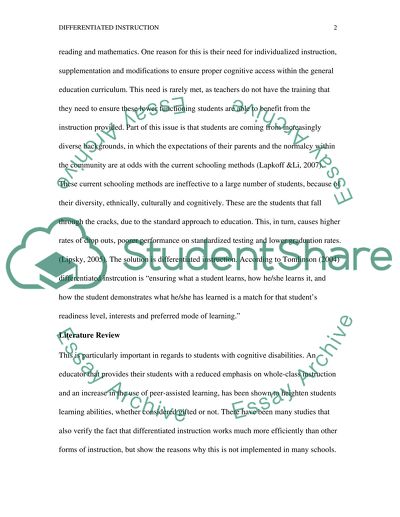Cite this document
(“Differentiated Instruction in Elementary Math Research Paper”, n.d.)
Retrieved from https://studentshare.org/family-consumer-science/1413655-differentiated-instruction-in-elementary-math
Retrieved from https://studentshare.org/family-consumer-science/1413655-differentiated-instruction-in-elementary-math
(Differentiated Instruction in Elementary Math Research Paper)
https://studentshare.org/family-consumer-science/1413655-differentiated-instruction-in-elementary-math.
https://studentshare.org/family-consumer-science/1413655-differentiated-instruction-in-elementary-math.
“Differentiated Instruction in Elementary Math Research Paper”, n.d. https://studentshare.org/family-consumer-science/1413655-differentiated-instruction-in-elementary-math.


